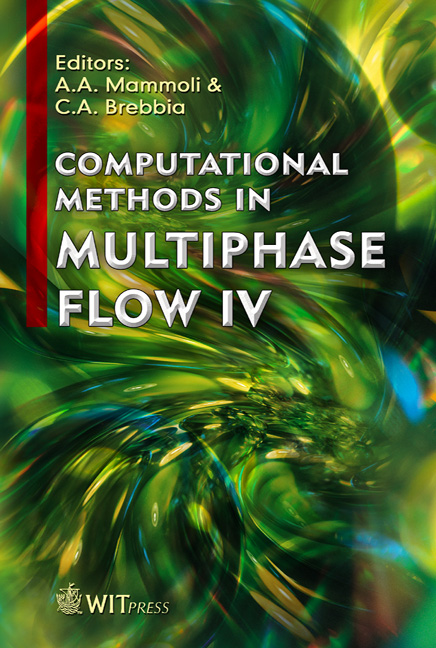Modeling Of Dispersion And Ignition Processes Of Finely Dispersed Particles Of Aluminum Using A Solid Propellant Gas Generator
Price
Free (open access)
Transaction
Volume
56
Pages
10
Published
2007
Size
681 kb
Paper DOI
10.2495/MPF070031
Copyright
WIT Press
Author(s)
A. Rychkov, H. Miloshevich, Yu. Shokin, N. Eisenreich & V. Weiser
Abstract
Using numerical modeling, we studied the formation and propagation of a cloud of finely dispersed aluminum particles generated by a special unit under the action of high-temperature combustion products from solid propellant gas generator, as well as the ignition conditions of these particles. We used the Favre-averaged system of Navier-Stokes equations closed by the q – ω turbulence model to simulate the formation and motion of the cloud of finely dispersed particles. The motion of the polydisperse second phase was described within a stochastic approach that takes into account the effect of the turbulent character of the flow field of the carrier gas on the motion of particles. The finite volume method using the second-order upwind LU difference scheme with TVD-properties is applied for numerically solving this system of equations. The results obtained are in a qualitative agreement with experiments carried out at the Fraunhofer Institute for Chemical Technology (Pfinztal, Germany). Keywords: mathematical modeling, two-phase flow, processes of ignition and burning, solid propellant gas generators. 1 Introduction The scheme of a unit for the fast dispersion of finely dispersed particles is shown in fig. la. It is a cylinder whose central part (a gas generator) is filled with solid monopropellant spherical-form granules with a diameter of a few
Keywords
mathematical modeling, two-phase flow, processes of ignition and burning, solid propellant gas generators.





